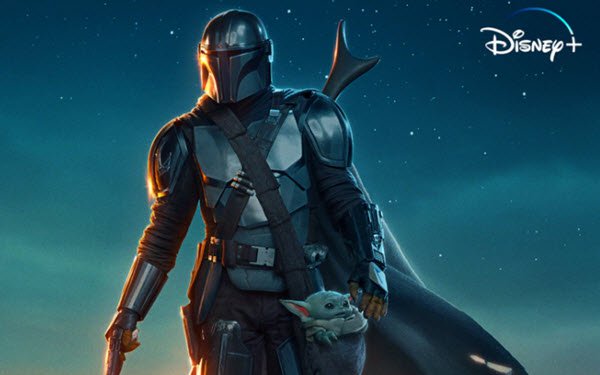
Nearly 17 months after what’s proved to
be a phenomenally successful launch, Disney+ is implementing its first price increase in the U.S.
The streaming service — which this month surpassed 100 million global subscribers, and
is now projecting 230 million to 260 million by 2024 — is raising its monthly U.S. subscription fee by $1, to $7.99, as of March 26.
The annual price will increase from $69.99 to $79.99,
and the Disney+ bundle (Disney+, Hulu and ESPN+) that has been a key growth-driver for the SVOD will also increase by $1, to $13.99.
With its pricing still considerably lower than Netflix
($8.99 for its basic plan) and HBO Max ($14.99), Disney is betting that a small price hike won’t slow its growth or erode its existing subscriber base.
Disney gave consumers time to
absorb the shock by announcing the hike well in advance, last December.
advertisement
advertisement
And while consumers aren’t known for embracing even small price increases, Disney is using it as an opportunity to
goose signups by locking in the current price for annual subscriptions registered before March 26, a $10 savings.
Disney implemented higher Disney+ prices in Canada in February, upping the
monthly fee from C$8.99 to C$11.99.
The company also upped the service’s price in the U.K.(from £5.99 to to £7.99) and Europe (from €6.99 to €8.99) last
month.
These price hikes are designed to help address the one point of concern about Disney+, from investors’ standpoint: Its average revenue per user (ARPU) declined 28% in its
most recent quarter, from $5.56 to $4.03.
Disney acknowledged that this reflects low pricing in India and Indonesia. Through the rebranding of Hotstar to Disney+ Hotstar, those regions
have come to account for about 30% of total global Disney+ subscribers (more than 28 million in India alone).
Disney acquired Hotstar as part of its 21st Century Fox
acquisition in 2018, and raised its premium-tier pricing from the equivalent of $13 U.S. to $20 when it relaunched the service in April 2020. But the lowest-rung tier costs just over $5 for a year,
according to Android Authority.
In February, when Disney reported its fiscal Q1 results, analyst firm
MoffettNathanson estimated that Disney+ Hotstar subscribers had an average ARPU of under $1.
In December 2020, CFO Christine McCarthy said that Disney+’s subscriber growth projections
assume that about 30% to 40% will come from Disney+ Hotstar. That means more than 100 million subscribers paying under $1 per month by 2024.